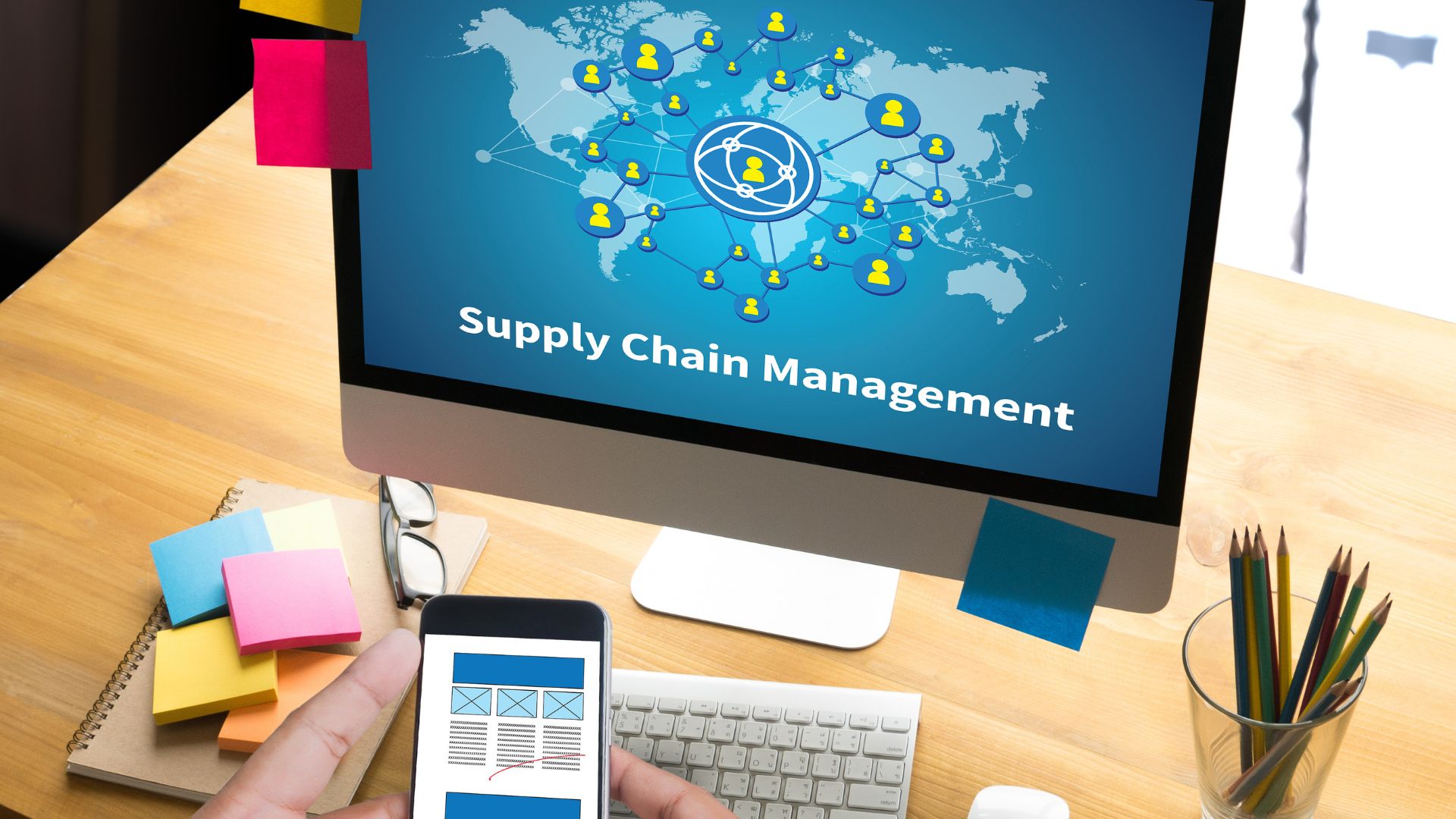Creating a supply chain that is efficient, resilient, and cost-effective is crucial to the success of any business. However, traditional supply chains are no longer enough in today's fast-paced and highly competitive market. To stay ahead of the competition and meet customer demands, businesses need to adopt a more intelligent approach - a smart supply chain.

But what exactly is a smart supply chain? Simply, it refers to integrating advanced technology, data analytics, and innovative strategies to optimize every aspect of the supply chain process. This allows businesses to make informed decisions, reduce costs, improve efficiency, and ultimately deliver superior products and services to customers.
This article will explore the key technologies that underpin a smart supply chain and the problems they solve.
Key Technologies in a Smart Supply Chain
The traditional supply chain model is linear, with a clear flow from suppliers to manufacturers to distributors and finally to customers. However, this model often leads to inefficiencies, delays, and high costs. In contrast, a smart supply chain is highly connected, data-driven, and responsive. Let’s look at the key technologies to make a smart supply chain.
Internet of Things (IoT): IoT devices can monitor and track goods in real time. IoT sensors play a pivotal role in smart supply chains by providing real-time visibility into various aspects of the supply chain, such as tracking the location and condition of goods. These sensors can monitor temperature, humidity, and even packaging integrity, ensuring that products remain in optimal condition throughout their journey.
Artificial Intelligence (AI) and Machine Learning (ML): AI and ML algorithms analyze massive volumes of data collected from various sources. They can predict demand patterns, optimize routes, manage inventory, reducing waste and improving efficiency, and even identify potential disruptions in the supply chain before they occur.
Blockchain: According to Gitnux using blockchain technology for supply chain management could reduce transaction costs by 35%. Blockchain technology provides a secure, transparent record of transactions, which helps prevent fraud, reduces disputes, and ensures the authenticity of products. This is particularly crucial in industries like food and pharmaceuticals.
Cloud Computing: Cloud-based solutions offer scalable, flexible systems for managing supply chain operations. They can integrate different supply chain elements, improve collaboration, and provide access to real-time information.

Robotics Process Automation (RPA): The data from Deloitte say RPA will continue to meet and exceed expectations acrossmultiple dimensions, including improved compliance (92%), improved quality/accuracy (90%), improved productivity (86%), cost reduction (59%).RPA can automate manual and repetitive tasks, allowing employees to focus on more strategic work. This can increase productivity, reduce errors, and lower operational costs.
Digital Twins: A digital twin is a virtual replica of a physical product, process, or system. It allows businesses to simulate different scenarios and understand potential outcomes before implementing changes in the real world. This technology can help optimize supply chain operations, improve product quality, and reduce downtime. Watch this video about how digital twins are used in the supply chain.
Supply Chain Control Towers: These centralized hubs provide end-to-end visibility into a supply chain. They collect, clean, and analyze data from various sources, delivering real-time insights and predictive analytics to aid decision-making. With a control tower, businesses can better manage inventory, anticipate demand, and respond to disruptions, enhancing overall supply chain performance. Watch this video about the supply chain control tower.
Problems Solved by a Smart Supply Chain
Inventory Optimization: One of the most significant challenges in supply chain management is maintaining the right inventory level. Smart supply chains use predictive analytics to optimize inventory levels, reducing carrying costs while ensuring products are available when needed.

Visibility and Transparency: Traditional supply chains often lack real-time visibility, making it challenging to respond to disruptions or track the authenticity of products. Smart supply chains provide end-to-end visibility, enabling companies to make informed decisions and quickly adapt to changing circumstances.
Reducing Costs: Through automation, predictive analytics, and data-driven decision-making, smart supply chains can significantly reduce operational costs, including labor, transportation, and warehousing expenses.

Enhanced Customer Experience: By accurately predicting customer demands and improving delivery times, smart supply chains enhance the customer experience. This leads to higher customer satisfaction, repeat business, and a positive brand reputation.
Risk Mitigation: According to Gitnux over 80% of businesses have experienced a supply chain disruption in the past 12 months. Smart supply chains can identify potential risks, such as disruptions due to natural disasters or geopolitical issues. This proactive approach allows companies to implement contingency plans and minimize the impact of disruptions.
Real-World Problem and Solution
Problem - Supply Chain Disruptions: Due to the Russian-Ukrainian conflict, many businesses suffer from the rise of logistics costs, inability to export, and other factors. Let’s imagine a company currently facing a crisis due to geopolitical tensions affecting the construction and delivery of modular houses to Russia and Kazakhstan. They need help understanding the demand, final prices, supply chain alternatives, costs, and necessary adjustments for potential new markets in Scandinavia, Germany, the Czech Republic, Italy, Turkey, and Iceland. Moreover, they need to understand the logistics costs, customs fees, market competition, and the accessibility of open data for these markets. These complex questions require a comprehensive and accurate assessment beyond human capacity.

Solution: AI algorithms can analyze large volumes of data from various sources to forecast demand, calculate final prices, and identify cost-effective supply chain alternatives. Machine Learning (ML) can simulate different scenarios to determine the adjustments needed in the construction of houses to adapt to other climatic conditions and their impact on heating and ventilation costs. AI can also estimate logistics costs and customs fees based on historical data, current rates, and trade regulations. Furthermore, AI can perform a detailed competition analysis by monitoring competitors' activities in real time. By processing all this information, AI can provide a comprehensive assessment and identify the most profitable markets for expansion. Therefore, leveraging AI can lead to more informed decision-making, risk mitigation, and increased profitability.
Conclusion
Supply chains are becoming increasingly complex and global. The report from Zipdo states that about 88% of supply chain businesses consider digital transformation a core business goal. By leveraging IoT, blockchain, AI, and other cutting-edge technologies, companies can build resilient, efficient, and transparent supply chains, solve existing problems, and prepare them for tomorrow's challenges. Embracing a smart supply chain approach is a strategic move that can drive competitiveness and ensure long-term success in today's dynamic marketplace.

